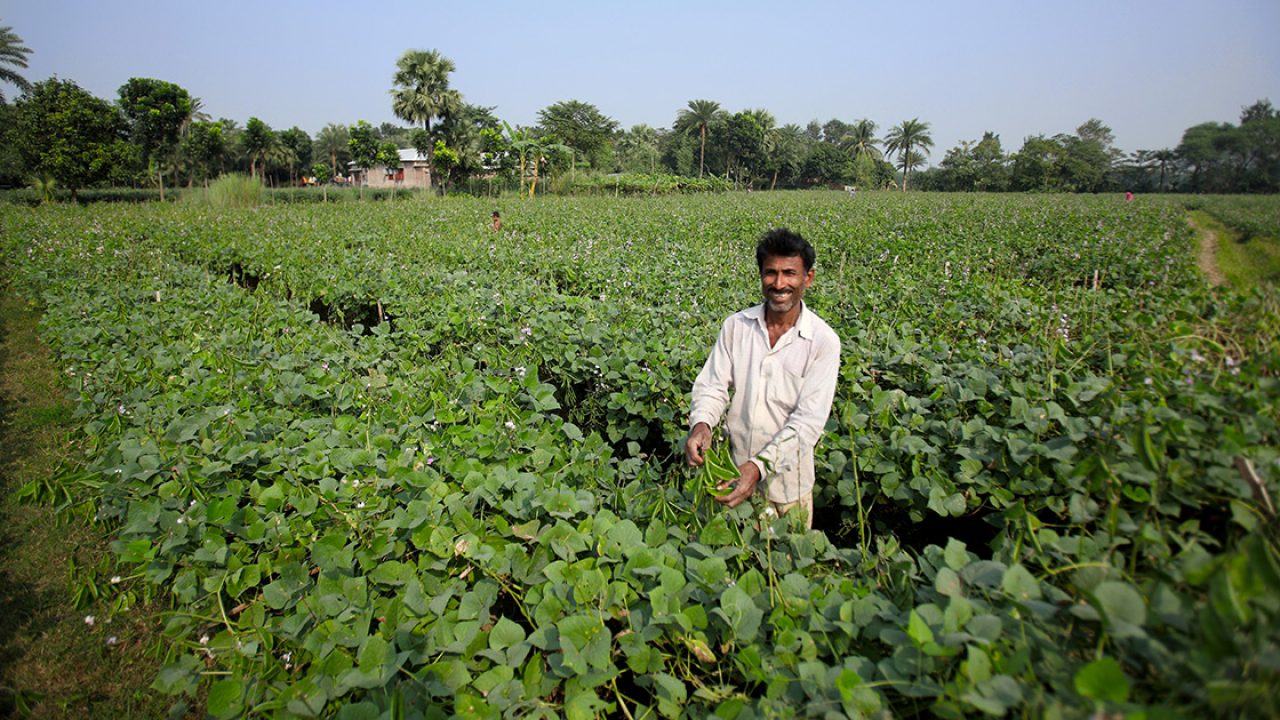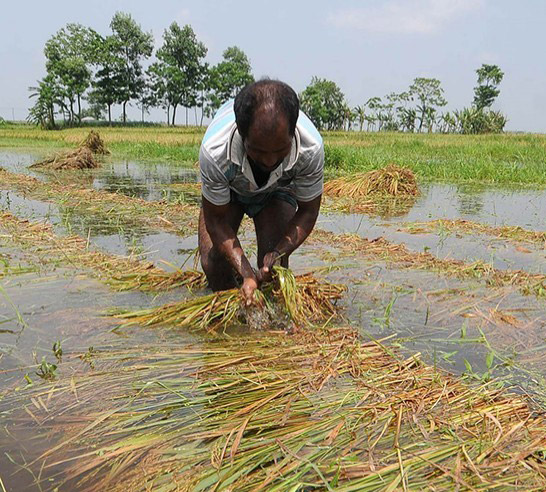ClimatePulse can enable vulnerable communities to collect aid 4 days before peak flooding, providing critical support ahead of disaster impact.




Use Cases:

Climate-Adjusted Credit Scoring: Banks can offer more accurate loan terms by incorporating climate data that affects borrower income. In a Kenyan pilot, weather insurance payouts compensated over 80% of the value of farmer inputs during a drought, showing how fast, automated models improve resilience.

Portfolio Heatmapping: This visual tool identifies high-risk areas based on exposure to extreme weather conditions, helping institutions better diversify their portfolios. By 2018, 1.7 million farmers were insured through mobile platforms like M-Pesa, covering ~$180 million in crops and livestock.

Early Warning for Borrower Disruption: By tracking weather forecasts, institutions can anticipate disruptions to borrower income and adjust payment schedules. In one case, 36% of families receiving forecast-based cash were less likely to go a day without food, while 17% more households evacuated livestock early, reducing long-term financial loss.
